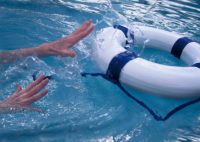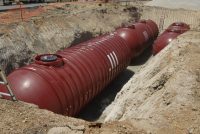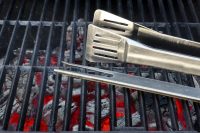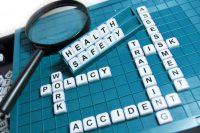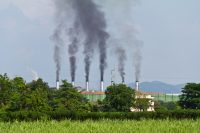Water Safety: Prevent Workplace Drownings
Although drowning is primarily an off-the-job hazard, workers are sometimes at risk on the job as well. Here are some common hazards employers should be aware of in order to prevent drownings. One thing employers may not realize is that workers who are not supposed to be in the water at all could be at […]

